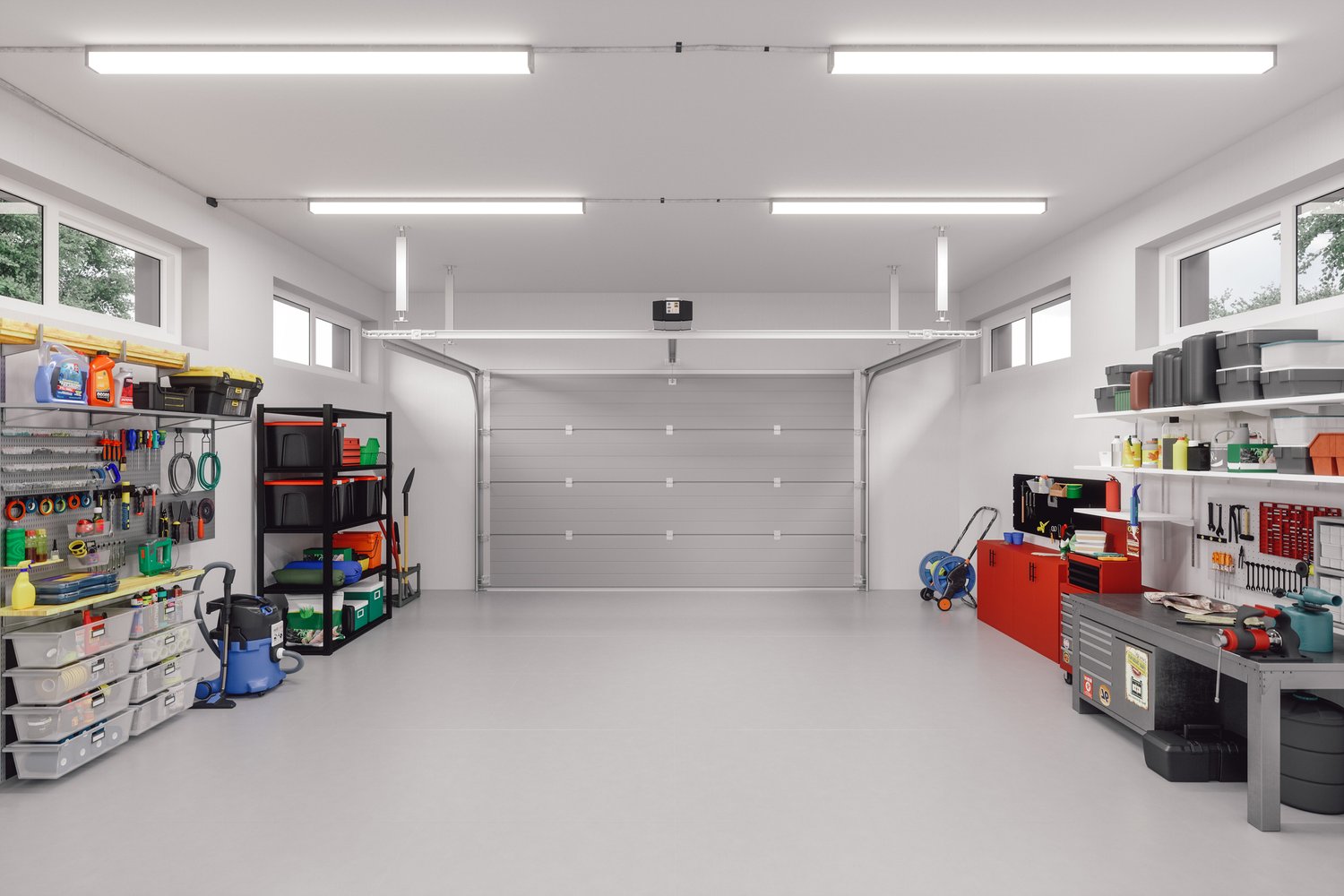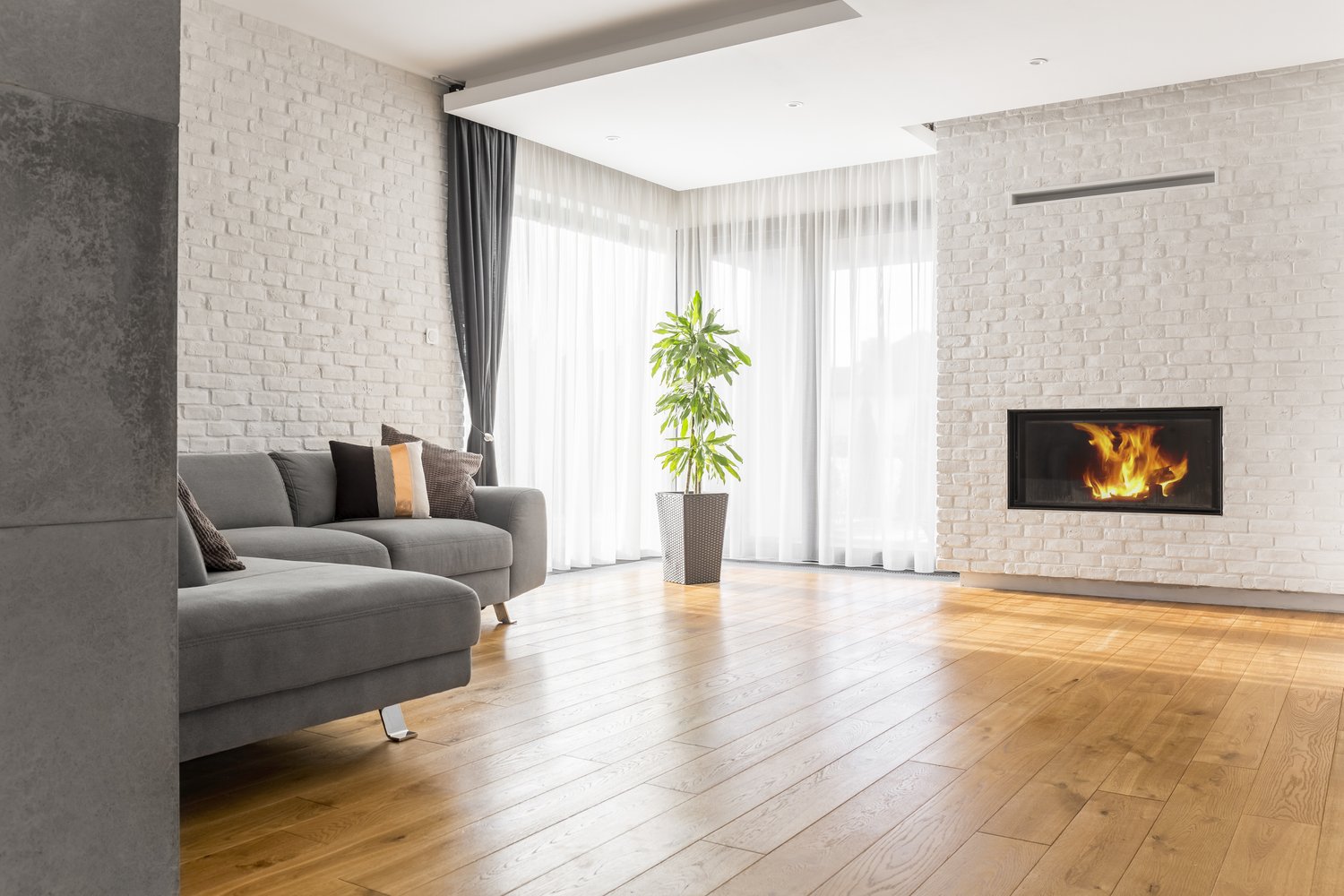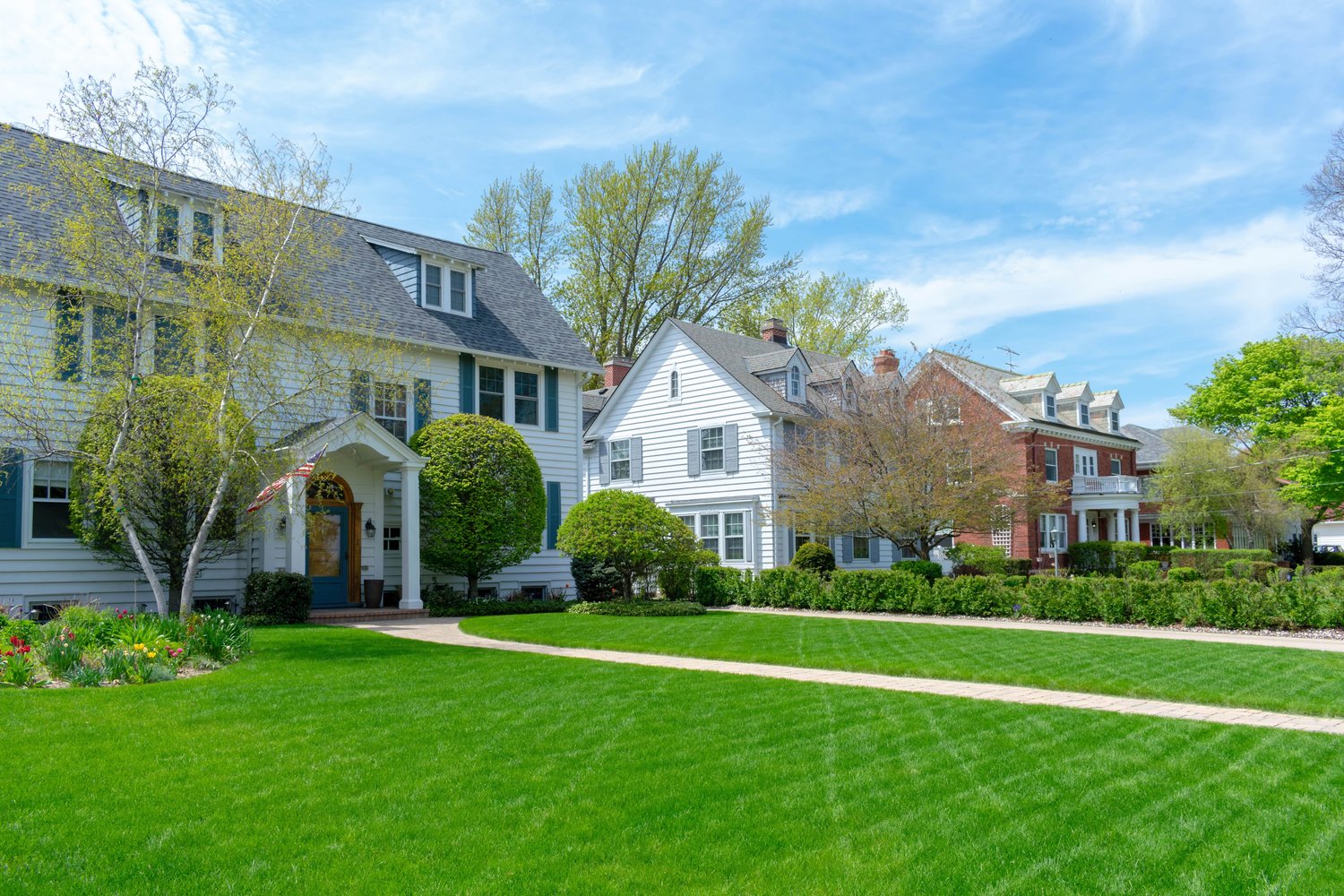Transforming your garage into a clean, functional space starts from the ground up, and polished concrete offers a compelling solution for homeowners seeking both aesthetics and practicality. This finishing technique elevates ordinary concrete slabs into sleek, hardwearing surfaces capable of withstanding the demands of daily vehicle traffic. In this article, we’ll explore the benefits and considerations of polished concrete garage floors, examine cost factors and maintenance requirements, and help you decide whether professional installation or a DIY approach is right for your garage renovation project.
Understanding Polished Concrete Flooring
Polished concrete isn’t simply concrete with a coat of shiny sealer. It involves a multi-step mechanical process where concrete is ground with progressively finer diamond-embedded pads. This technique densifies the concrete surface, making it extremely durable garage flooring that can withstand the weight of vehicles, resist oil stains, and maintain its appearance for decades. Unlike epoxy or tile options, polished concrete works with your existing slab, transforming it rather than covering it up. The result is a smooth, reflective surface that brightens your garage while providing exceptional longevity.
The process typically includes grinding, densifying with chemical hardeners, and polishing to the desired sheen level—from satin to high-gloss. Many homeowners appreciate that polished concrete can incorporate decorative elements like stains, dyes, or even embedded objects for a truly customized garage floor. The seamless nature of polished concrete also eliminates grout lines or joints that can trap dirt and debris, making maintenance significantly easier in this high-traffic area.
Pros and Cons of Polished Concrete Garage Floors
When evaluating polished concrete garage floor cost pros cons, it’s important to consider both the advantages and potential drawbacks. On the positive side, polished concrete delivers exceptional durability, often lasting the lifetime of your home with minimal maintenance. It resists oil, automotive fluids, and other common garage stains when properly sealed. The reflective quality improves garage lighting, potentially reducing your need for additional fixtures. Environmental benefits include utilizing existing materials without adding new products, and the lack of volatile organic compounds (VOCs) found in some alternative flooring options.
However, polished concrete isn’t without disadvantages. The hard surface can be unforgiving on dropped tools and uncomfortable for extended standing. In colder climates, concrete retains cold temperatures, making the garage floor chilly during winter months. While polished concrete resists stains, it isn’t completely stain-proof—immediate cleanup of oil and chemical spills remains important for long-term appearance. Additionally, if your existing concrete has significant damage or structural issues, these problems must be addressed before polishing, potentially increasing your project’s scope and cost.
Cost Considerations and Budgeting
The polished concrete garage floor cost varies significantly based on several factors. For professional installation, expect to pay between $3 and $12 per square foot, depending on your location, the condition of your existing concrete, the level of polish desired, and any decorative elements. A basic polish for a standard two-car garage might cost $1,500-$2,500, while more elaborate finishes with staining or decorative elements could push costs above $5,000.
As explained by home improvement experts at AskHomey, these costs typically include surface preparation, repairs to minor cracks, the actual polishing process, and application of sealants. If your concrete requires significant repairs or leveling before polishing can begin, this will add to the overall expense. While the initial investment exceeds some alternative flooring options, many homeowners find the longevity and low maintenance requirements of polished concrete provide excellent value over time.
DIY vs. Professional Installation
The concrete polishing garage diy vs pro debate centers primarily around equipment, expertise, and results. Professional contractors bring industrial-grade diamond grinders, years of experience, and specialized knowledge of concrete treatment chemicals. They can achieve a higher quality finish and typically complete the job more quickly than a DIY approach.
DIY polishing is possible but challenging. Rental equipment is available, though typically less powerful than professional tools. First-time users may struggle with achieving even results, especially when managing the transition between different grit levels. The learning curve is steep, and mistakes can be difficult to correct. That said, ambitious homeowners can save 40-60% on labor costs by tackling the project themselves, particularly if they have prior experience with concrete work and access to quality equipment.
The decision ultimately depends on your skill level, available time, budget constraints, and quality expectations. For those seeking showroom-quality results, professional installation generally delivers the best outcome. DIY enthusiasts willing to research thoroughly and accept some potential imperfections can achieve satisfactory results at reduced costs.
Maintenance Requirements
One of the strongest selling points for polished concrete garage floors is their minimal maintenance needs. Regular sweeping prevents scratching from dirt and debris, while occasional damp mopping with a pH-neutral cleaner keeps the surface looking fresh. Unlike some garage flooring options requiring special cleaners or regular resealing, polished concrete maintains its appearance with simple care routines.
For enhanced protection, applying a fresh coat of concrete sealer every 3-5 years helps maintain stain resistance and surface shine. Immediate cleanup of automotive fluids and chemical spills prevents potential staining, though the densified surface resists absorption better than untreated concrete. Minor scratches can be buffed out with fine-grit polishing pads if needed, though this is rarely necessary with normal garage use.
For more tips and to connect with reliable home service professionals, follow AskHomey on Facebook and Instagram.



